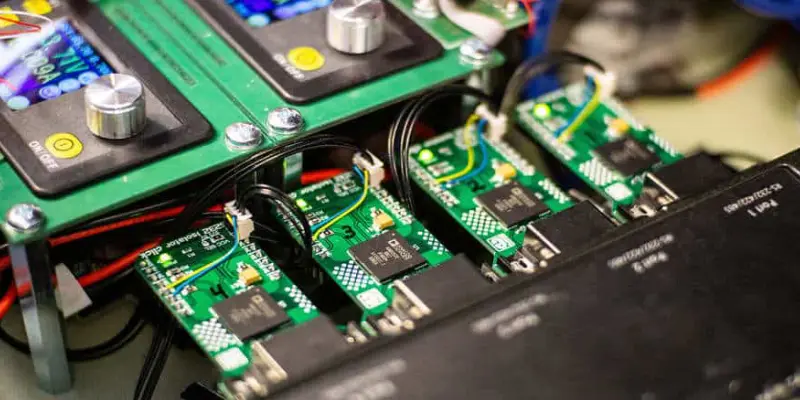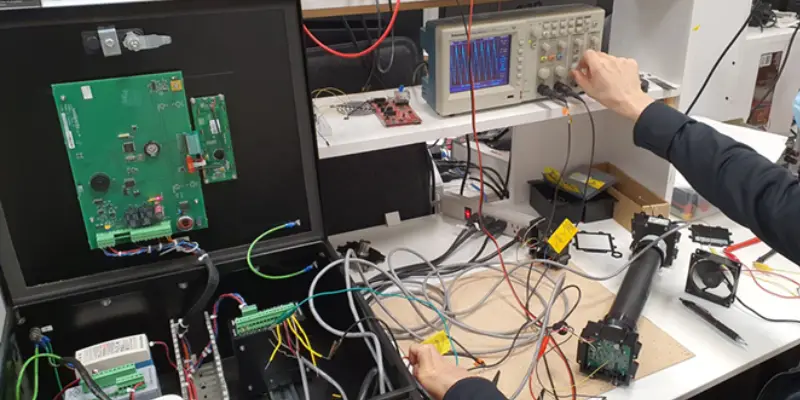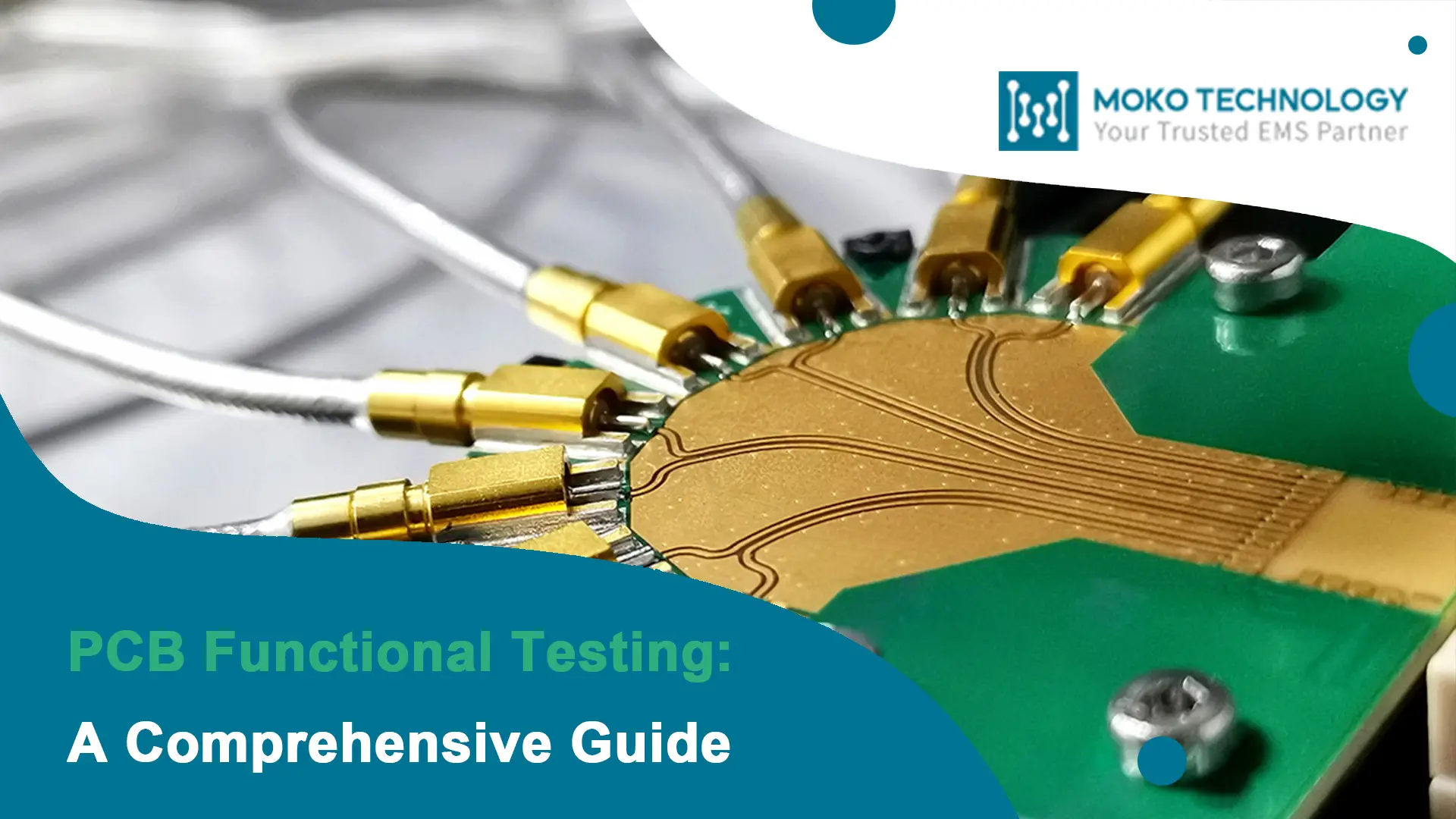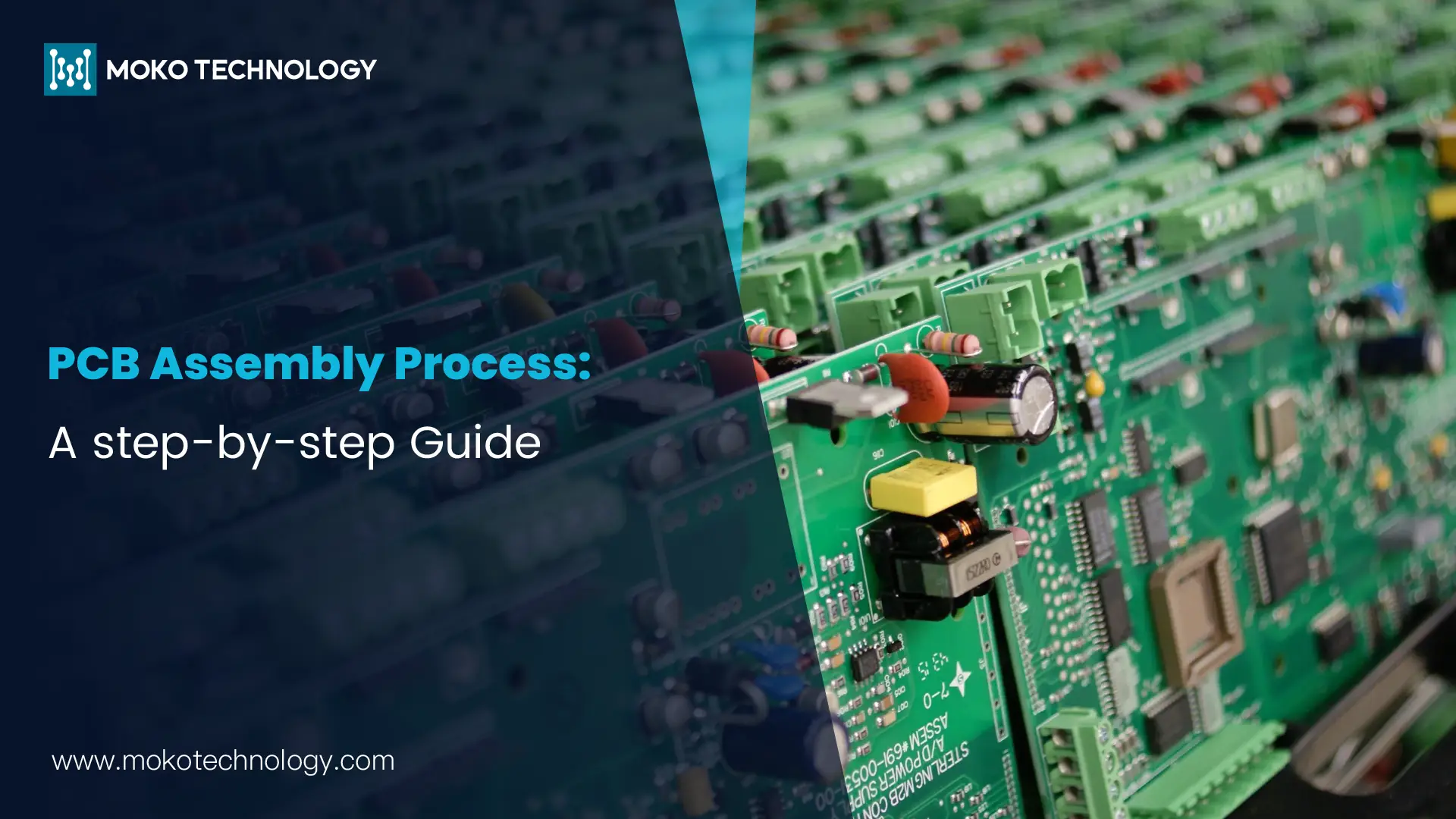Printed circuit boards are integral components in most electronic devices. They allow the connection of electronic components through conductive copper pathways laminated onto the boards. After a PCB is manufactured, it must undergo rigorous functional testing to validate the design, manufacturing quality, and ensure all components, traces, and functions operate as intended before assembly into end products. PCB functional testing serves as a crucial final step between manufacturing and market introduction for these essential building blocks of modern electronics. Read on to learn more about what PCB functional testing entails, its importance, and the overall process.
What Is PCB Functional Testing and Why It Matters
PCB functional testing, also known as functional circuit testing (FCT), examines assembled PCBs to confirm the circuitry, components, inputs and outputs, programming, and all functions meet specifications. During functional testing, the final electrical conditions of the PCB are simulated, examining and confirming the behavior and functionality of diverse components within their designated operational environment.
Performing comprehensive functional circuit test on every PCB is crucial for identifying any manufacturing or design defects before the board proceeds to final assembly. Flawed PCBs that escape testing and make it into finished products can cause field failures, recalls, and significant costs and reputational damage for the manufacturer. Rigorous functional testing saves manufacturers from these negative impacts by weeding out defective boards.
Issues That Can Be Identified by Functional Circuit Test

- Power issues: Functional examinations can reveal problems with power stability during PCB operation. Fluctuations, brownouts or abnormal current draw point to flaws in power regulation or delivery.
- Signal distortion: FCT test procedures can detect distortion, noise or data corruption issues with signals. This indicates problems with integrity at high frequencies.
- Inaccurate voltage: Incorrect outputs or voltages may stem from missing, defective or wrongly installed components. Thorough functional validation can identify these flaws.
- Continuity and Isolation Issues:Checks for electrical continuity and isolation confirm proper connections between traces and lack of shorts.
- Impedance Mismatch:PCB functional testing verifies that the measured impedance of traces matches the design values. This is essential to prevent signal degradation and maintain signal integrity throughout the circuit.
Further reading: How to Achieve Target PCB Impedance Control?
- Robustness and Durability: Functional circuit test includes subjecting the PCB to temperature cycling, vibration, and shock testing to validate its resilience and durability. This ensures that the PCB can withstand varying environmental conditions without compromising performance.
Benefits of Functional Circuit Test
Conducting thorough functional testing on printed circuit boards offers manufacturers various significant advantages:
- Simulated testing environments let manufacturers efficiently validate functionality of most boards before shipment at lower cost than physical setups.
- Rigorous testing results in higher reliability – PCBs that pass functional validation will be higher-quality and more durable in end products, boosting customer satisfaction.
- PCB functional testing provides the verification required to comply with electronics manufacturing quality and safety regulations.
- When defects are found, root cause analysis enables iterative design and process improvements for future production runs, increasing yields and reducing costs.
- Virtual FCT Test allows efficient validation of 50-100% of boards before shipment.
- Skilled testing professionals can employ functional testing to maximize productivity and minimize customer test efforts. When combined with in-circuit testing, comprehensive functional validation ensures shipped boards are error-free.
The Process of PCB Functional Testing

PCB functional testing involves several key steps to methodically validate a board’s design and performance:
- Develop test plan: Engineers create a test plan detailing all specifications, parameters, functions, components, and criteria that must be verified.
- Designtest jigs and programs: Custom jigs and test software are designed to interface with the board and stimulate inputs to exercise functionality.
- Inspect PCBs: Boards are visually inspected for defects before testing.
- Install in test jig: The PCB is secured in the test jig and probes are attached to inputs/outputs.
- Execute test procedures: Engineers run through the test procedures/code defined in the plan, probing signals and monitoring functionality.
- Log results: All test data, signals, metrics, and pass/fail criteria are logged for analysis.
- Analyze and repeat: Failures are analyzed to determine root cause. PCBs then undergo rework or are discarded. Testing is repeated until all boards pass.
- Generate reports: Reports are created to summarize the testing, failures, corrective actions, and final results/metrics for each production batch.
- Dedicated functional test engineering expertise and resources are required to properly conduct PCB testing. Many manufacturers work with specialized testing services to fulfill this critical quality function.
Essential Techniques for PCB Functional Testing
Systematic validation of PCB performance and dependability is achieved through thorough PCB functional testing. The following are essential methods for conducting functional tests:
- Test Procedure Planning
A detailed test plan cataloging all components and validation methods ensures exhaustive testing. For example, verifying resistor values with a multimeter, testing sensor functionality by monitoring electrical outputs, measuring capacitor performance.
- Voltage Testing
Using a voltmeter, technicians thoroughly validate voltage levels at all circuit nodes to confirm proper power distribution matching the design. Initial power-on assessments also check for proper start-up.
- Load Testing
Applying simulated real-world loads reveals design limits and potential weaknesses. Varying conditions like temperature, current levels, clock speeds provide performance boundaries.
- Quality Control Testing
Extensive QC testing reduces risk and provides added assurance. Final functionality checks validate conformance to all product specifications and industry standards before release. Common validations include automated optical inspection, design rule checking, the regulatory compliance testing.
PCB Testing Services at MOKO Technology
At MOKO, we understand the critical importance of comprehensive FCT Test to validate full printed circuit board operation and performance. Our rigorous functional testing procedures thoroughly examine every functional aspect of your boards to identify even the smallest defect before they leave our facility. We utilize cutting-edge testing techniques and proprietary test suites tailored to your specific design requirements
By partnering with MOKO for PCB testing, manufacturers benefit from our expertise, capacity, and quality processes to ship robust, defect-free PCBs. Contact us today to learn more about our PCB testing services.



